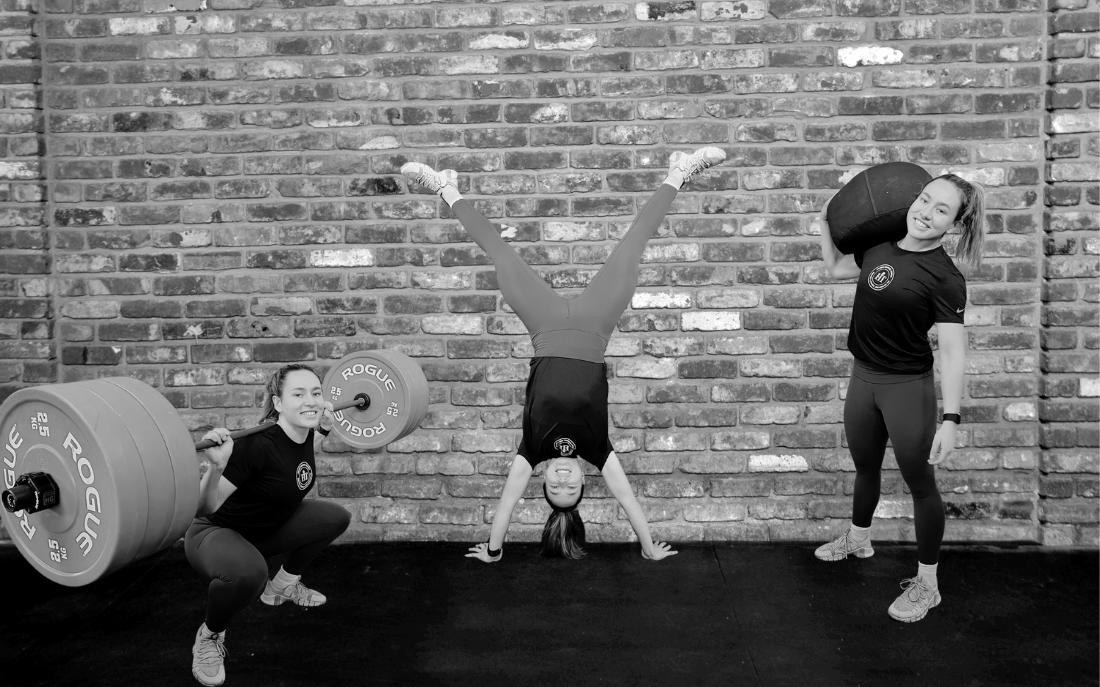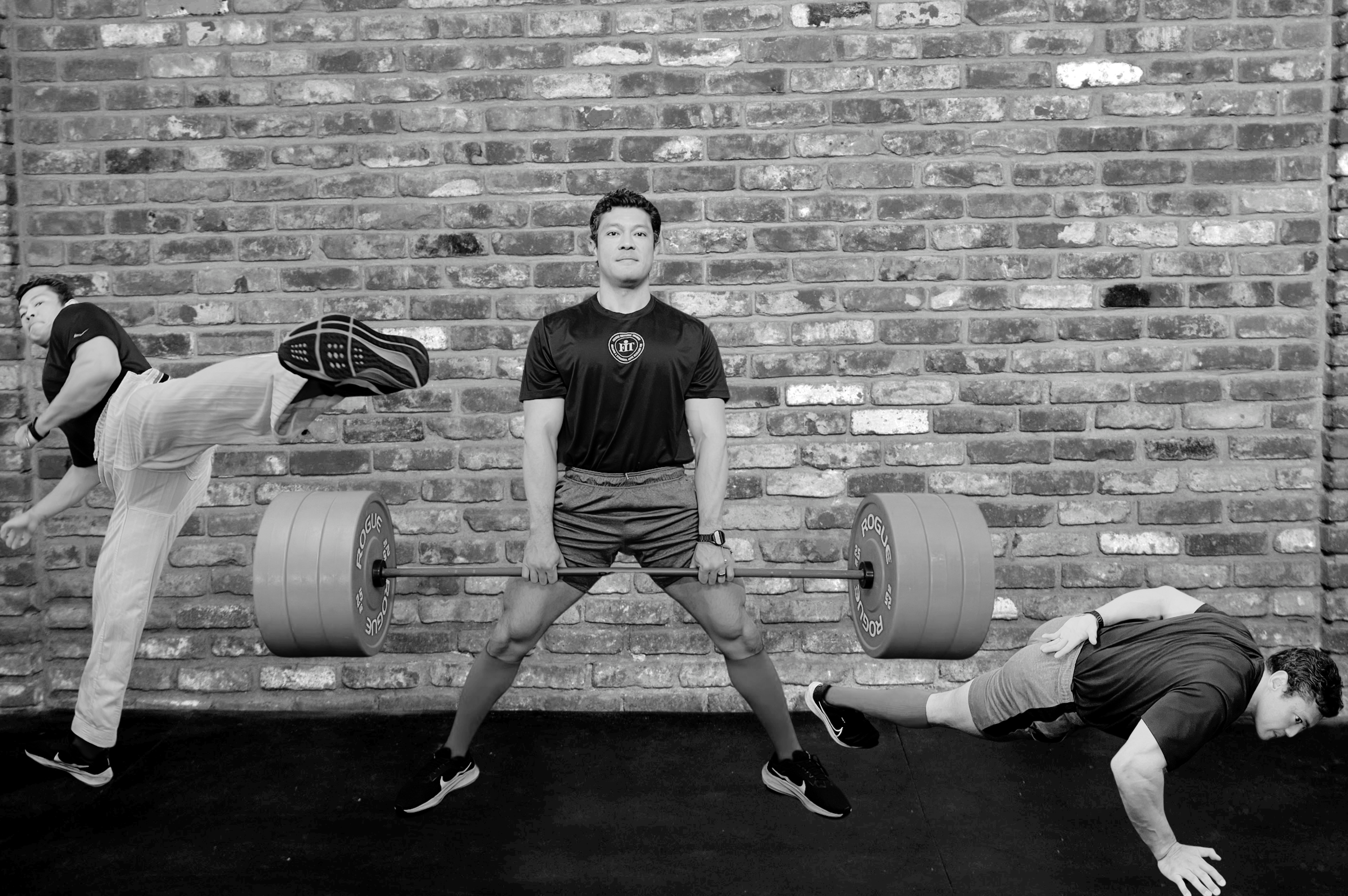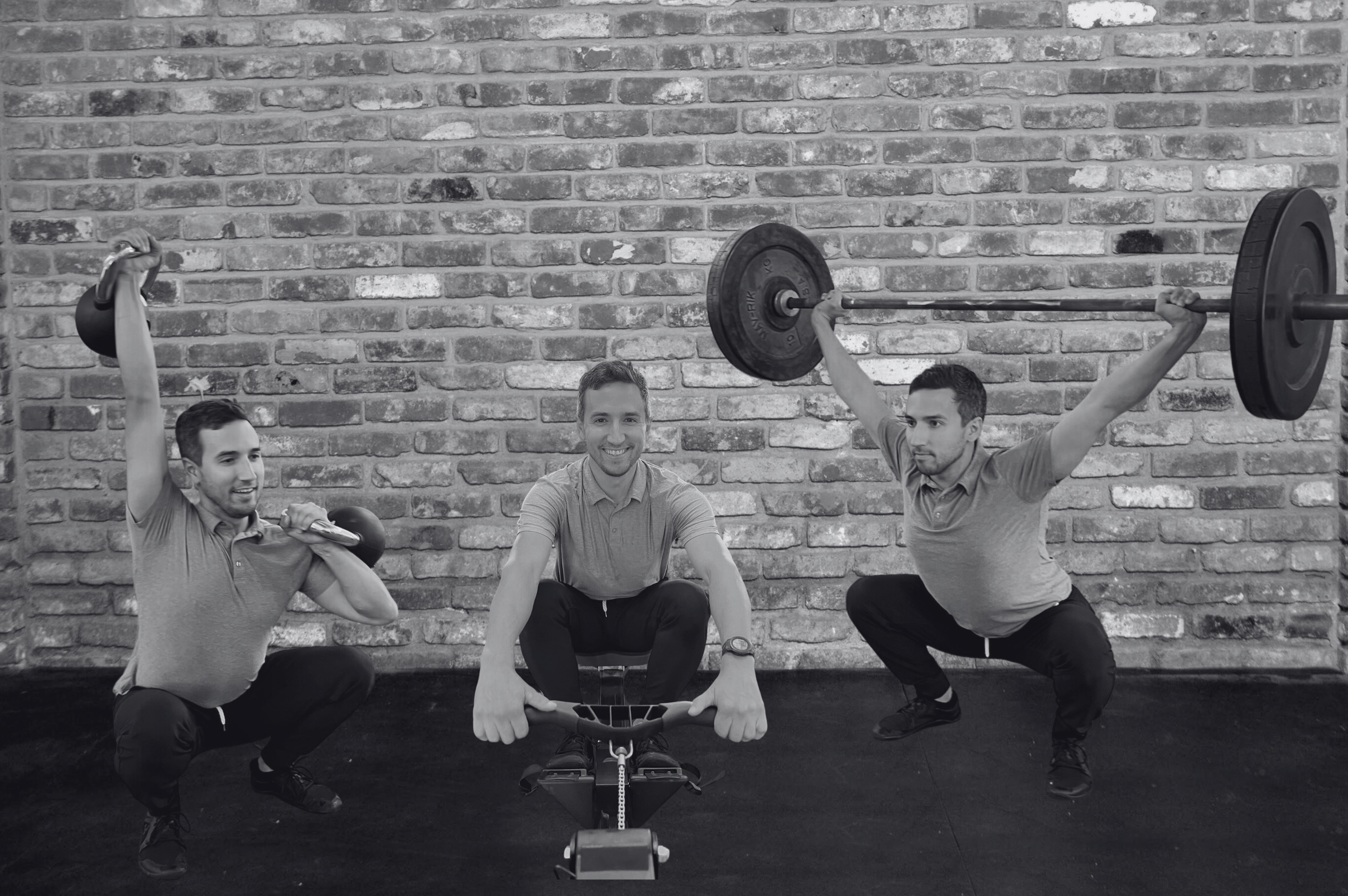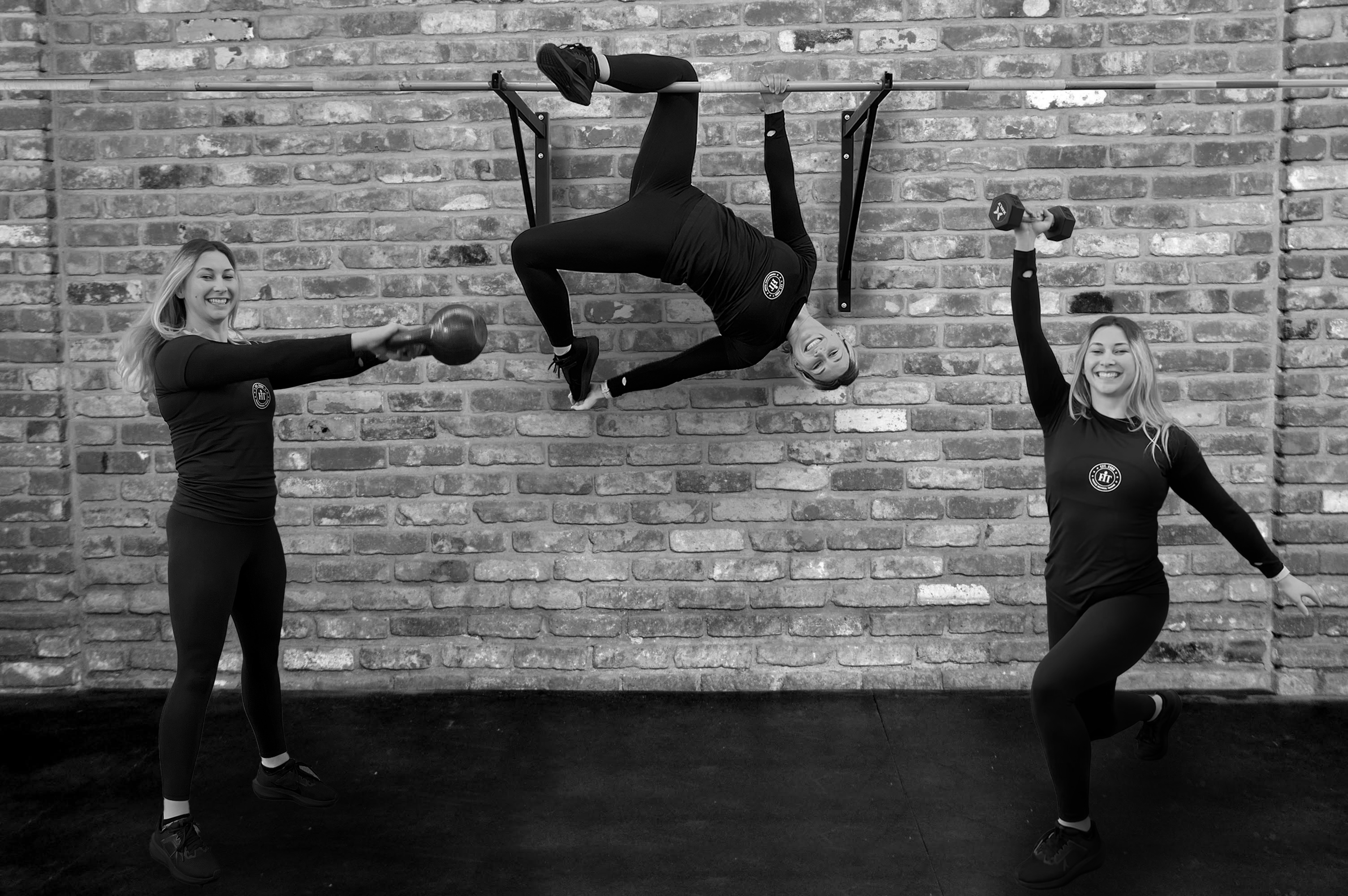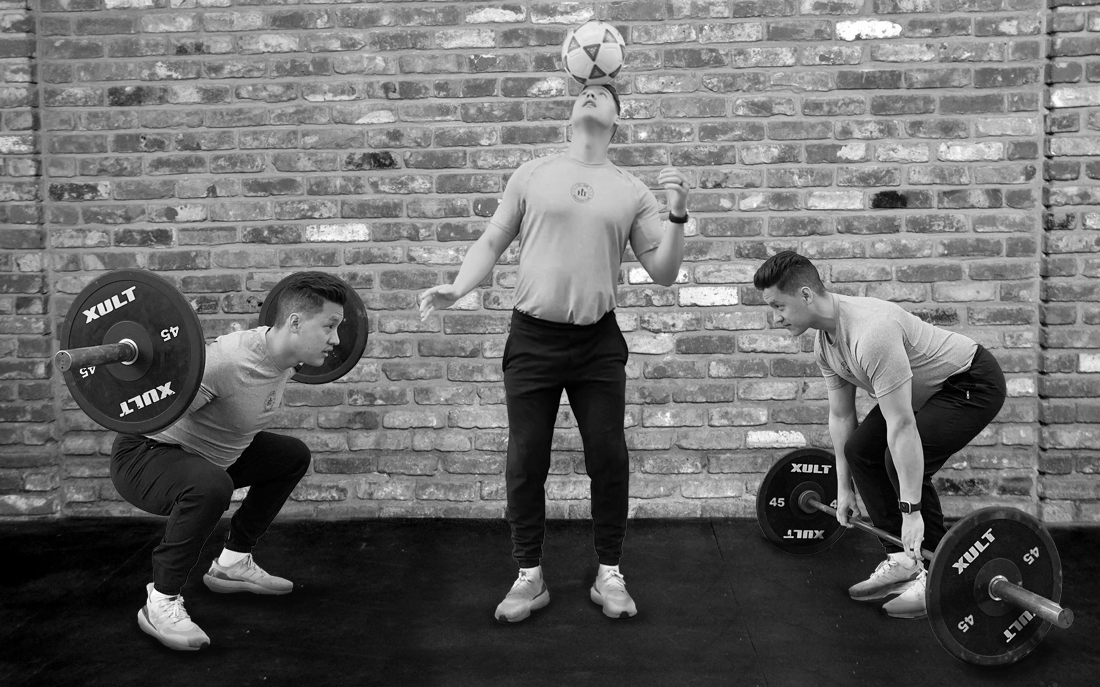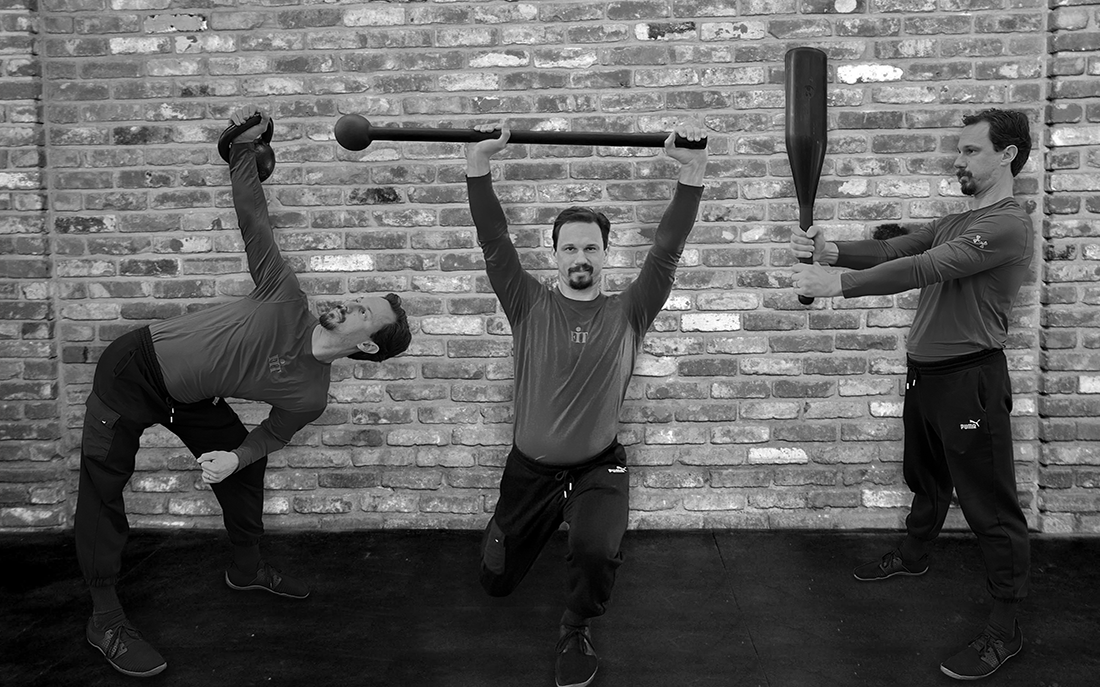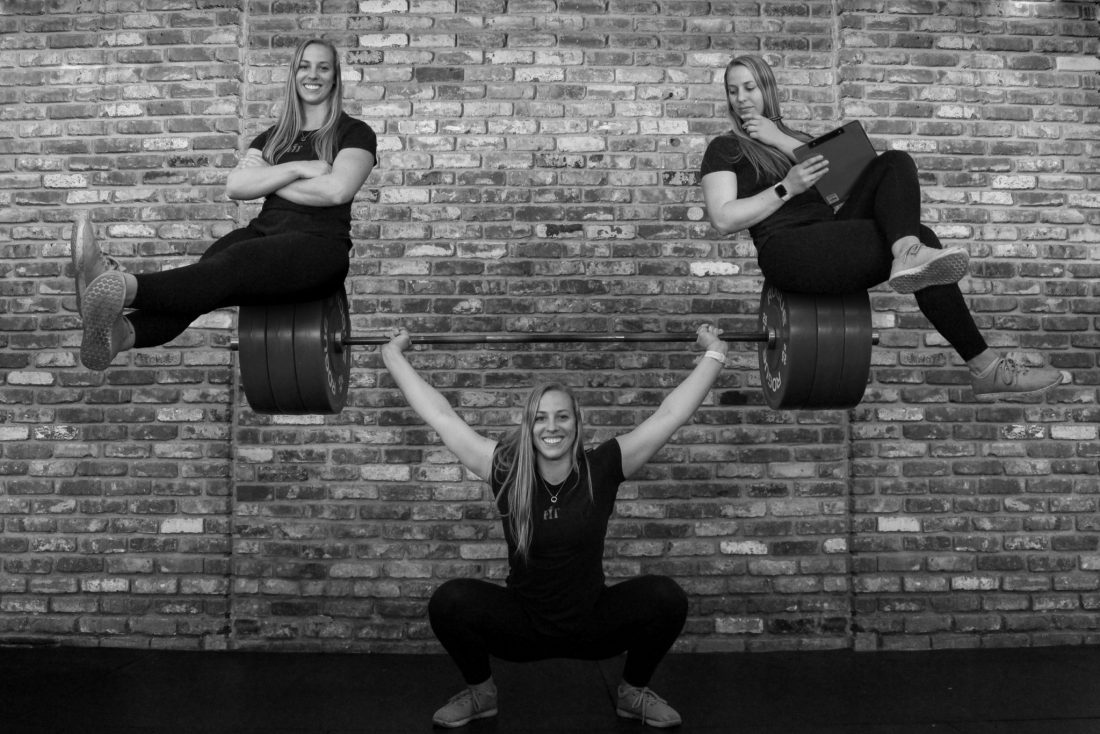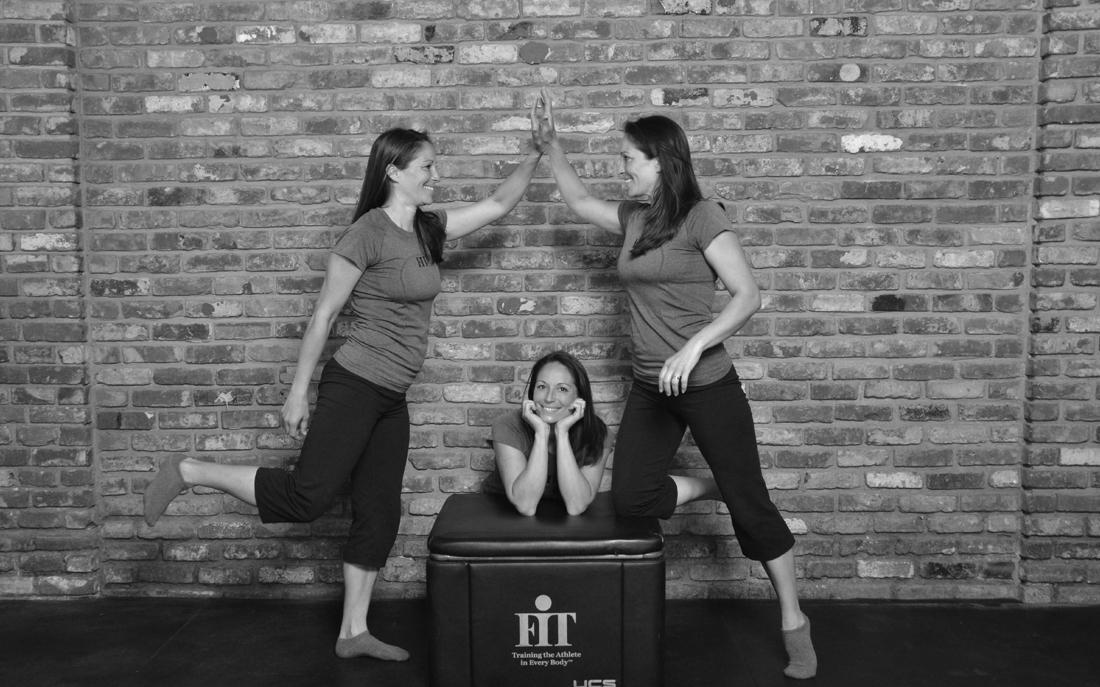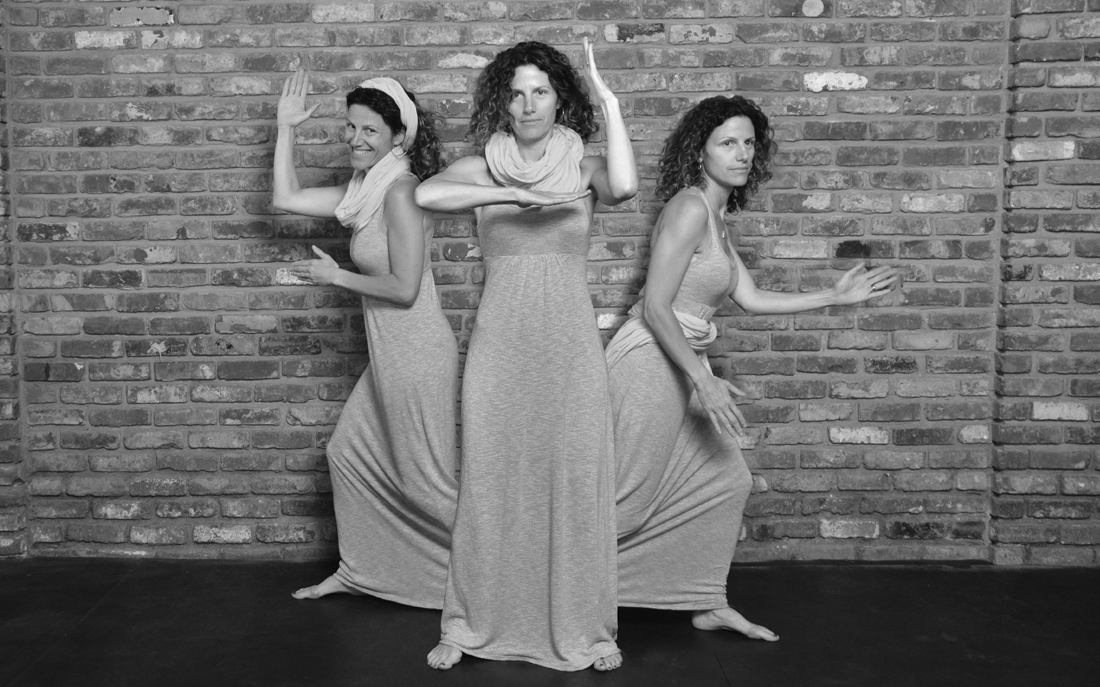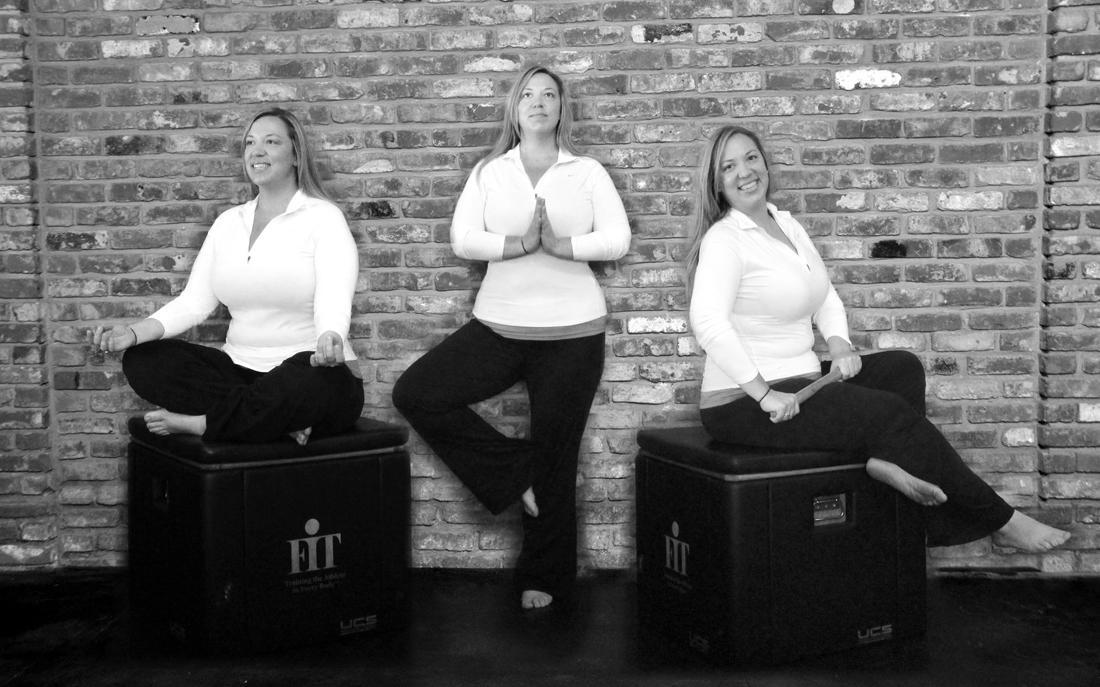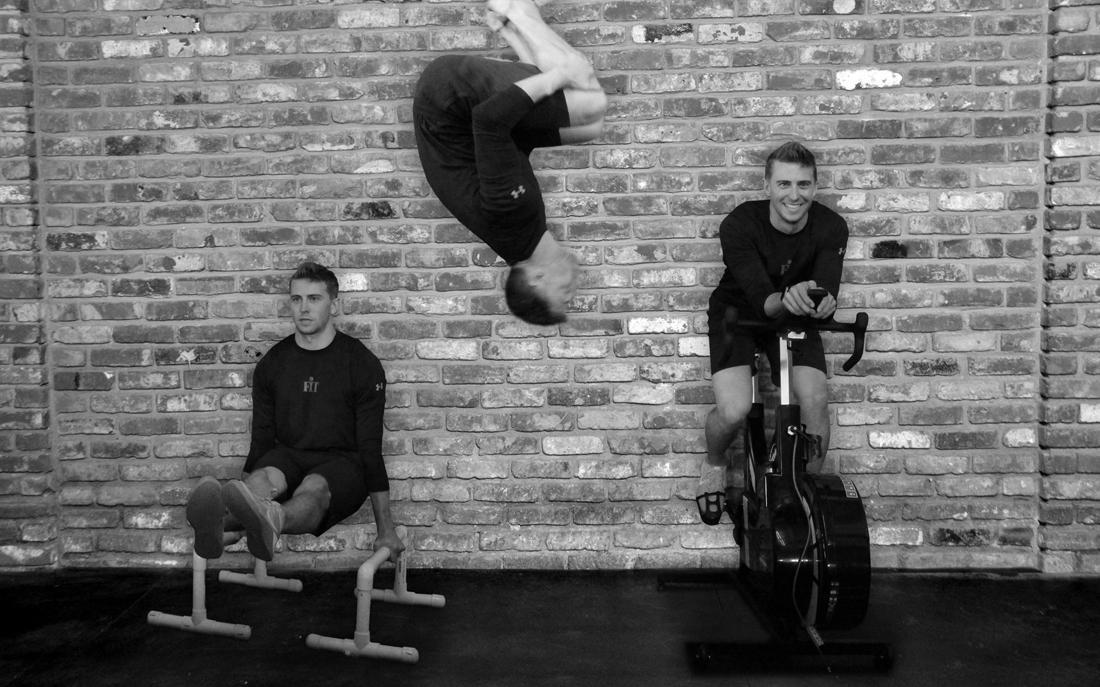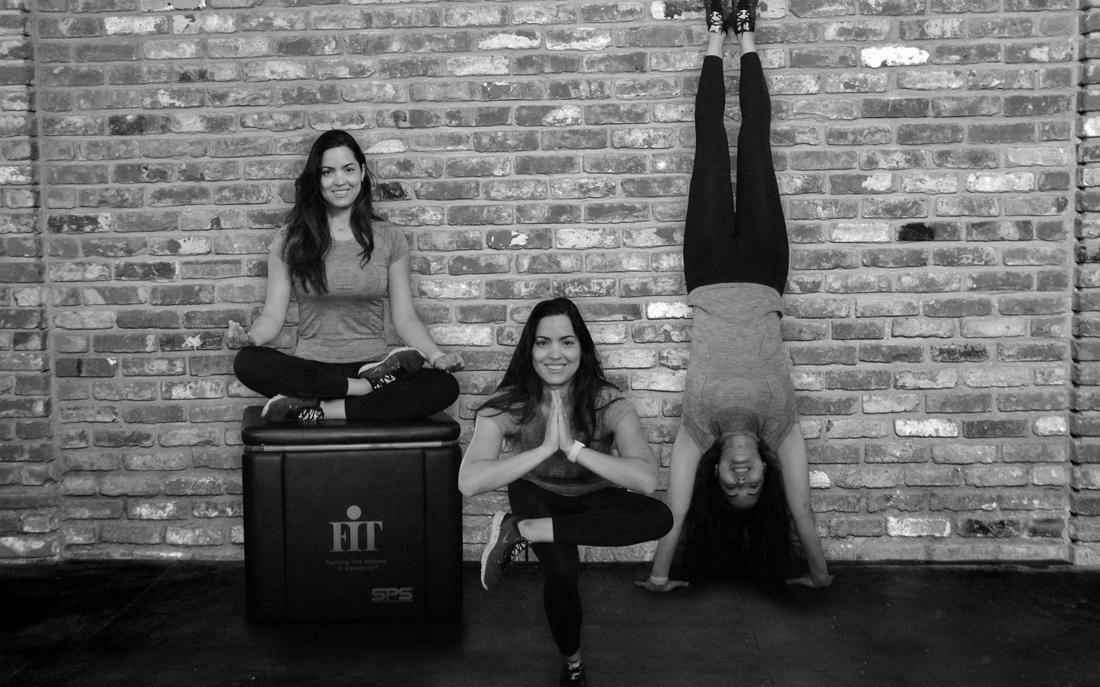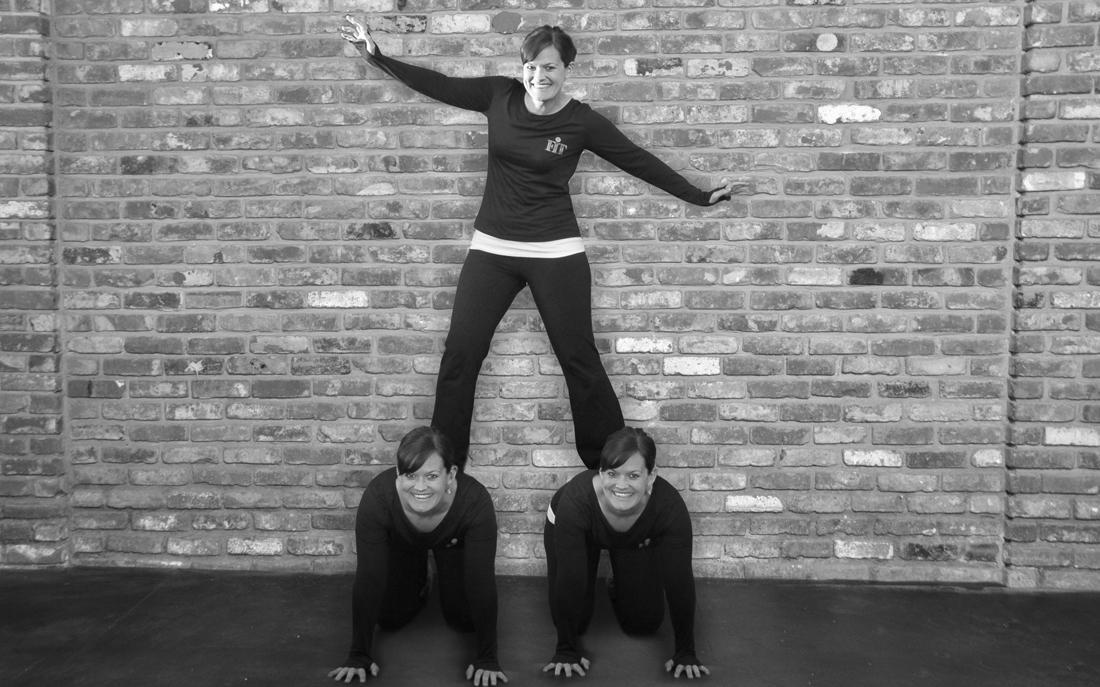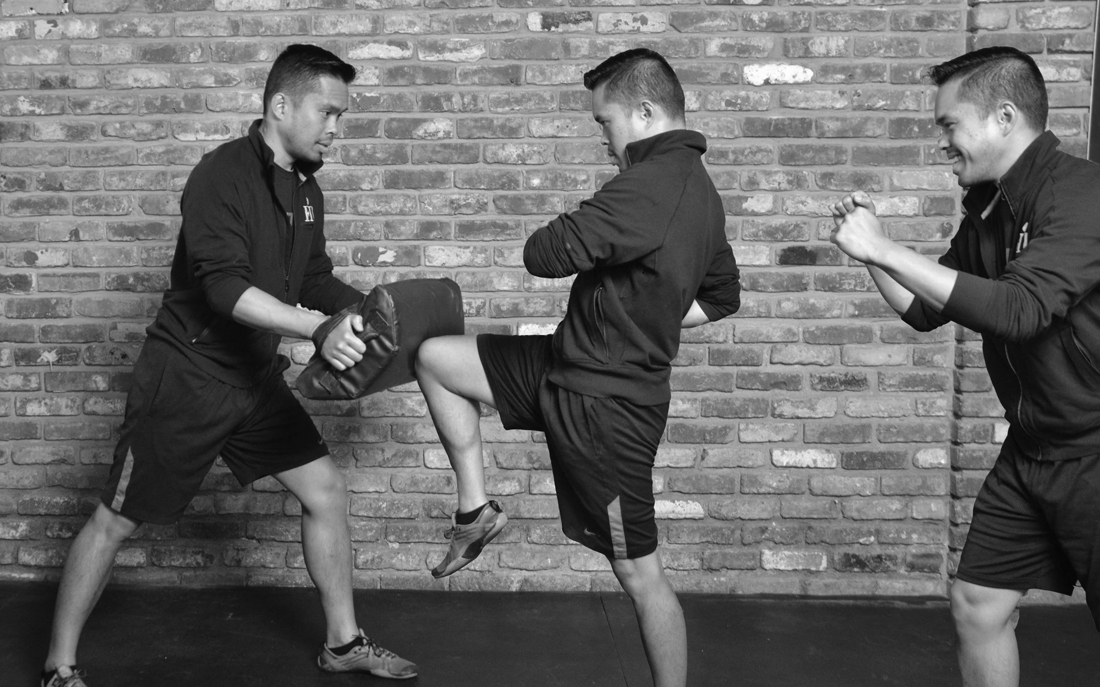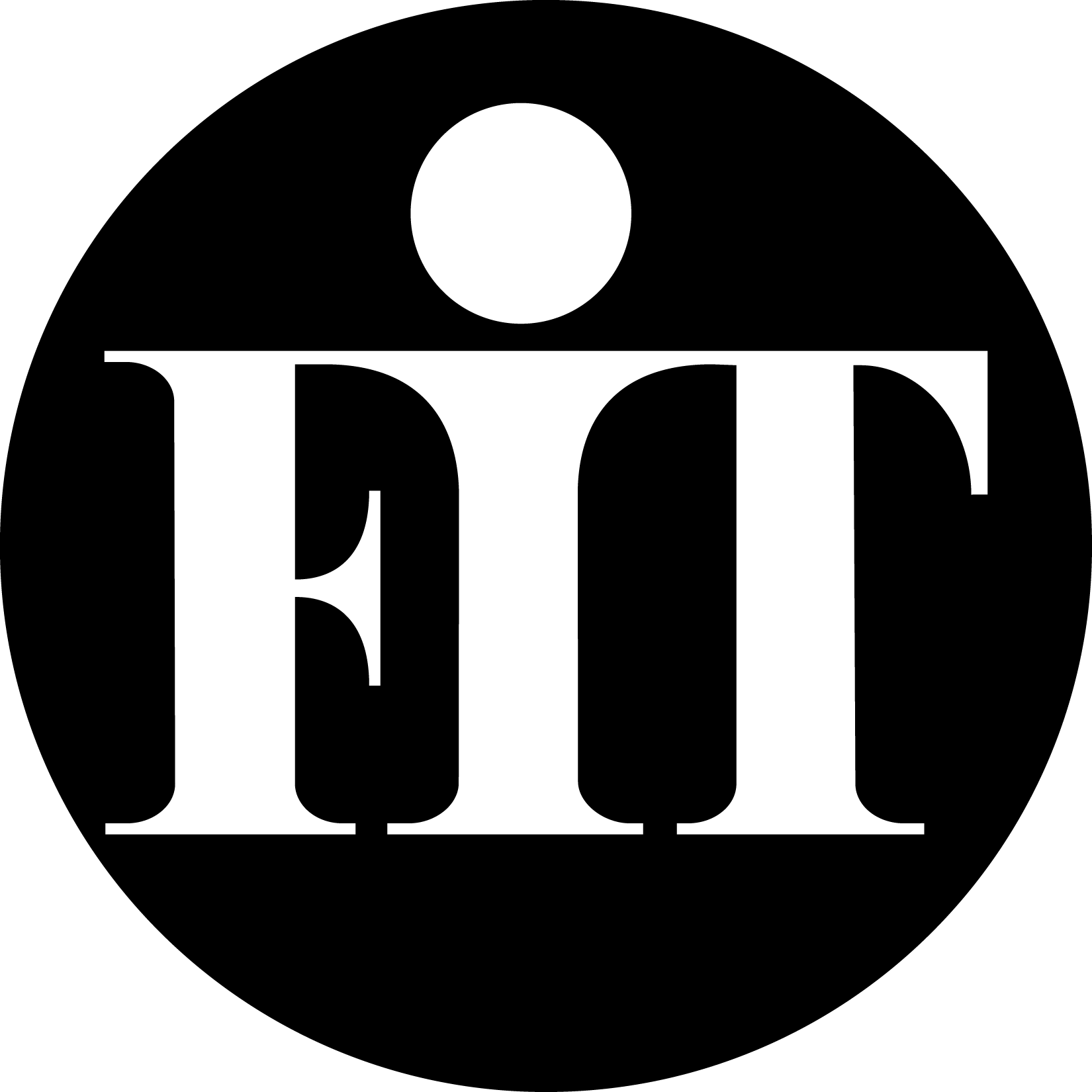Contributed by: Katie DeAngelis
There is a lot that we consider when programming for optimal health – For example, which mobility exercises are needed to improve flexibility and function? Can compound movements utilizing multiple muscle groups be incorporated to increase functional strength? What accessory movements will build the strength required to perform more complex movements? What type of cardiovascular or metabolic conditioning is needed to progress? The list goes on, but if you are not planning for when, how and the amount of time you will allocate for recovery, your efforts will increasingly lack balance and reduce the efficacy of your training regimen.
Many of us use exercise to combat poor eating habits. Others believe if they are not drenched in sweat and crawling out the door, it is not worth their time. For yet another group, exercise is more of a compulsion, an activity they must do every day regardless of how they feel, instead of a healthy habit. Often times, efforts are misguided or based on misinformation that can lead to frustration, lack of progress and a decrease in wellbeing because we tend to focus more on the working phase of our exercise prescription, less on the recovery phase and the balance between them.
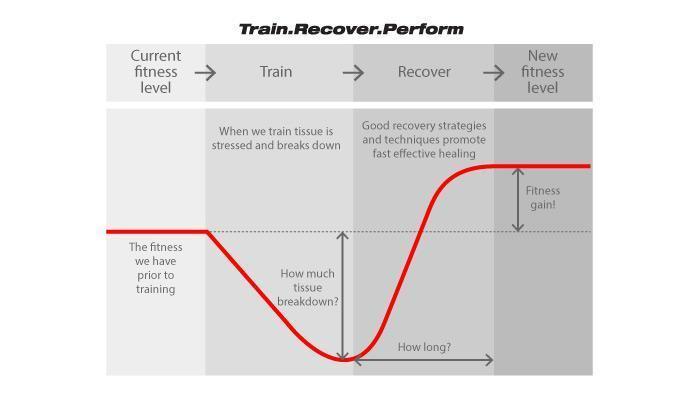
The Stress and Recovery Cycle
Strength and conditioning is the process of systematically applying stress and allowing a commensurate period for the body to recover. It is during this recovery that adaptation occurs for both muscle and connective tissue, each with different time demands depending on the individual, type and amount of stress. Ideally, physical activity is eustress, which by definition means moderate or normal amounts of stress (daily exercise) that can be interpreted as beneficial for the body. It is exemplified by challenging the body and using these challenges as a means of enhancement whether that be in strength, stamina, and/or muscle building. Exercise can do more harm than good if we train too frequently and/or too hard without allowing time for adequate recovery. Overtraining and under-recovering can decrease performance. A persistent lack of recovery will eventually impair the other four domains of optimum health impacting appetite, quality of sleep, healthy body composition, negatively altering mood and psychological wellbeing along with many other less desirable consequences. When we put our bodies under constant stress without recovering we are setting ourselves up for short term success and long term failure.
You are probably asking yourself, how do we determine when we need to push ourselves and when we need to recover?
Signs You Are Shortchanging Recovery
There are a few signs that suggest more recovery or reducing frequency or duration, or both are indicated. Some are easy to identify with the most common physical signs being: excessive soreness, fatigue, lacking energy, lacking motivation; moodiness; irritability. Many of us are inclined to push through because we believe exercising inherently defines ‘taking good care of ourselves’. This blind faith can be misguided and lead to a weakened immune system or injury. Well-intended ‘working out’ can go from being a form of eustress to a form of distress very quickly if we are not paying attention to what our bodies need and how we are feeling.
Chose it before It Chooses You
How do you know how much recovery you need or when to take a rest day? Our advice? Choose when and how much to recover before it chooses you. A few questions to ask yourself should include:
- When was my last rest/recovery day?
- Have my workouts been affecting my mood and/ or daily function?
- Have I been consistently sore 2-3 days post-workout?
- Has my water consumption increased and I am still feeling dehydrated?
- Am I feeling exhausted even after a goodnight’s sleep?
- Have I been making steady progress or have I hit a plateau?
Another way to check on yourself without playing the guessing game is checking in on your Heart Rate Variability. HRV is the variation in the time between consecutive heartbeats in milliseconds. This variation is controlled by the autonomic nervous system and is influenced acutely by exercise, hormonal reactions, metabolic processes, cognitive processes, stress, and recovery. The easiest way to monitor your HRV is with a chest strap heart monitor like this one by polar and download an app such as Elite HRV that can help you track the trend in your HRV – remember HRV should be viewed as a trend, not discrete score . From Elite HRV: Higher resting-state HRV scores signify the ability of the body to activate the Parasympathetic “rest-and-digest” response. Higher heart rate variability is correlated with:
- Increased fitness level
- Better health
- Better resilience
- Youthfulness
- Willpower
- Calm, positive emotions
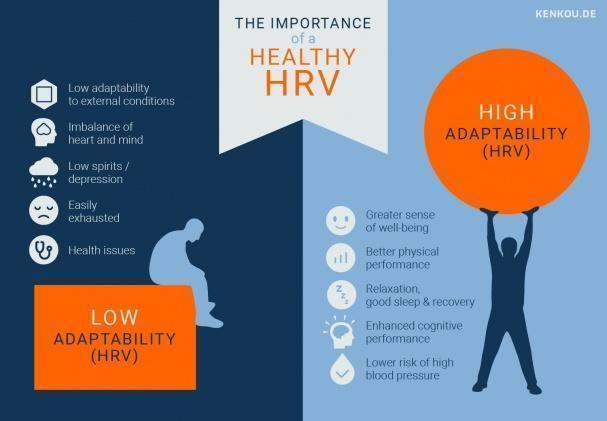
Active Recovery vs. Full Recovery
Having a consistent exercise routine can be comforting, part of your stress management plan, and ‘skipping’ a day may be counter-intuitive. But, failure to build in adequate recovery may be the source of slow progress and extended plateaus. Like most things in life, finding a healthy balance is really the key. An adequate amount of quality sleep is essential. Recovery does not require complete inactivity, it can entail a lower intensity workout – walking, lighter resistance, or restorative yoga. Modalities such as massage, infrared sauna, float tanks, etc can be employed to augment recovery. The key is that your recovery practice is as routine as your exercise regimen and that it aligns with the intensity of your workouts. Experimenting with what forms of recovery and how much recovery you require to feel your best and progress, as well as where they are best incorporated, helps ensure the success and sustainability of your efforts to improve yourself physically. As with all the domains, when you identify the point of optimal health it should be noted.
Keep in mind that skipping a workout might seem like a lack of discipline but can lead to greater consistency and progress if it means your body has a chance to recover. Next time you’re feeling a little more exhausted than usual, ask yourself, did I choose rest or did it chose me?
